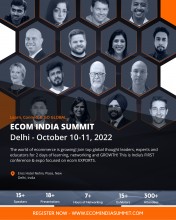- RPost Unveils Enhanced RSign for iManage, Elevating User Management and eSign Workflows for IT Admins and Legal Professionals
- South Florida’s Altitude Water Has Atmospheric Water Generators Rank #3 on ‘Top Fall Products 2024’ List
- Actor Vivaan Parashar Conducts Exclusive Workshop at AAFT School of Acting and Presentation
- TOTO India Doubles WASHLET sales in just three years
- Sandeep Marwah Meets Minister of State L. Murugan to Discuss Media and Entertainment Initiatives
- Gerling Law Extends Holiday Support to Local Veterans, Families, and Women in Need
- Bata India announces Q2 results with robust retail expansion and stylised product portfolio
- Future Electronics Announces the Release of Melexis Triphibian™ MEMS Pressure Sensor Technology
- IAMAI Announces the Milestone Tenth Edition of the India Affiliate Summit
- CloudIBN Offers Advanced VAPT Services to Strengthen Cybersecurity for Businesses
- New OFT 2 PDF Converter Software Launched by DataVare with Advanced features
- Assert AI Launches Innovative Action Recognition Computer Vision Solutions to Transform Industries
- Confianz Global Inc. Expands Odoo ERP Solutions in the USA, Supporting Businesses with Customized and Scalable ERP Systems
- Webb Clark Nominated for TechNation’s Young Professional of the Year
- Innov8 plans to double coworking centers in 2025 to 100
 Mail to a Friend Mail to a Friend |
|
     |
Webinar on Fake News at 9th Global Festival of Journalism
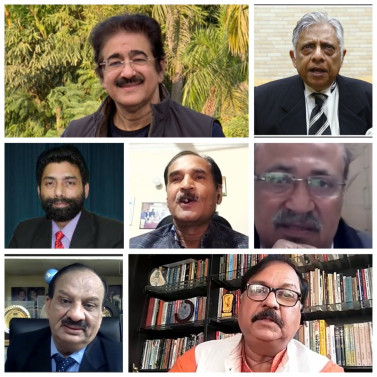
New Delhi: There is a bombardment of information from all over. It is sometimes difficult to handle so much of sound and visuals presented to you via digital and traditional media. In between you are also feed with fake news. It is important to know what fake news is all about. Any false or misleading content presented as news and communicated in formats spanning spoken, written, printed, electronic, and digital communication is called fake news,? explained Dr. Sandeep Marwah President of Marwah Studios in a webinar on Fake News on the second day of 9th Global Festival of Journalism Noida 2021
?The availability to express yourself on social media has raised the level of fake news be it a Facebook, Instagram, LinkedIn or blogs. You actually start believing in these news,? said Suniel Parashar senior journalist & PR Consultant.
?Fake news can reduce the impact of real news by competing with it. It also has the potential to undermine trust in serious media coverage The term has at times been used to cast doubt upon legitimate news,? added Anoop Bose Broadcaster & Senior Lawyer of Supreme Court. ?Fake News have no basis in fact, but are presented as being factually accurate. It also refers to stories that are fabricated that obtain little to no verifiable facts,? said Onkeshwar Pandey CEO & Editor in Chief New Observer Post.
Arvind Kumar Singh Senior Journalist Rajya Sabha Television identifies seven types of fake news-satire or parody, false connection, misleading content, false context, impostor content, made-up sources, manipulated content and fabricated content. Rajesh Badal Senior Journalist and advisor in many organizations spoke of information pollution and distinguishes between three types of problems: ?mis-information?, ?dis-information?, and ?mal-information.
Sunil Dang former Member of Press Council of India and CEO Day After Magazine suggested that you must Consider the source, read beyond the headline, check the authors, assess the supporting sources, check the date of publication, ask if it is a joke, ask experts and that will reduce the chances of fake news in the publications.
?Fake news and disinformation is spread all over social media, such as Twitter, every day. More than 6.6 million tweets linking to fake and conspiracy news publishers around the 2016 campaign. However many fake news stories do not follow the pattern. Organized blocks or accounts coordinate to create a longer lifecycle for this fake news information,? added Meena K Iyer Film Critic and Journalist.
A poster of Ganesh Shanker Vidyarthi was released by the dignities to mark respect to truthful journalism. Vote of thanks was proposed by Sushil Bharti Broadcasting Director of Marwah Studios.
Company :-AAFT University
User :- Sanjay Shah
Email :-marwahstudios9@gmail.com
Phone :-01204831143
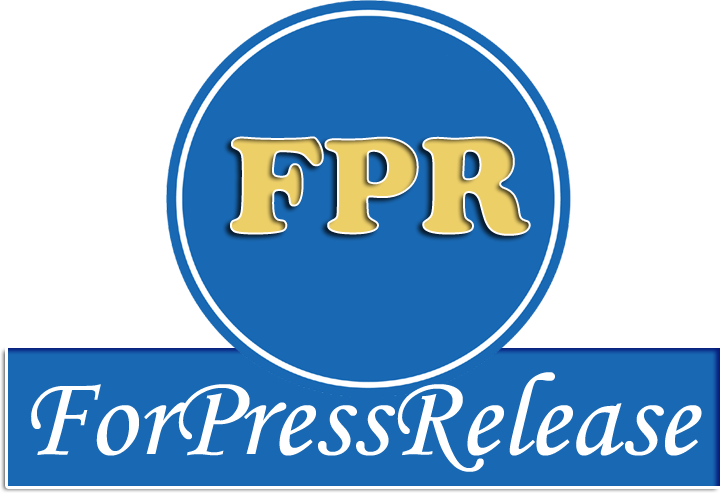
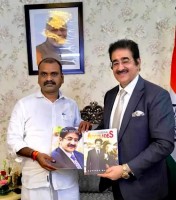
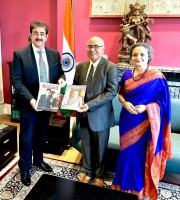
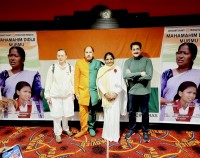


_thumb.jpg)

